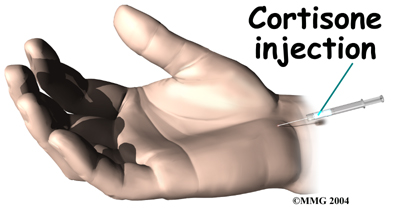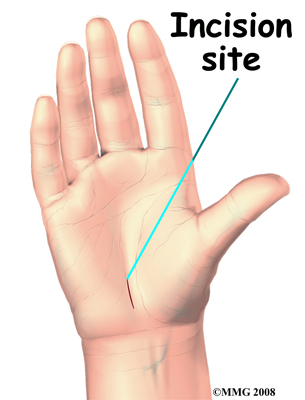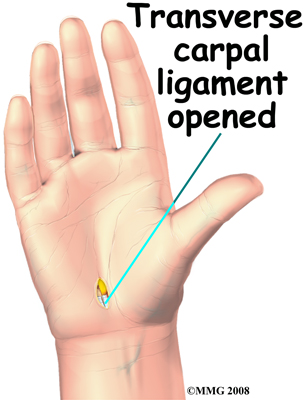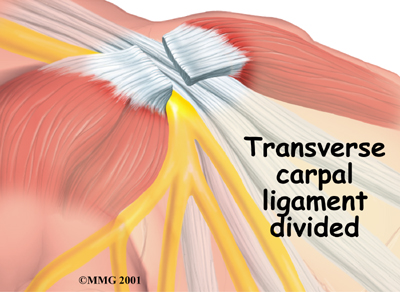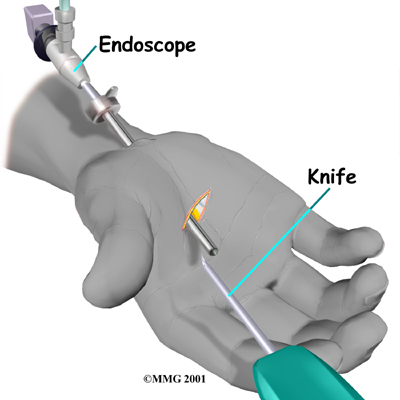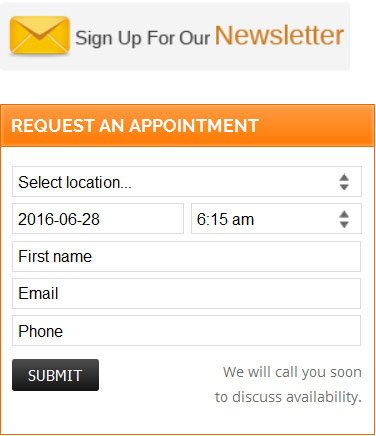Non-surgical Rehabilitation
When you begin your physiotherapy in Edmonton and St Albert, our physiotherapist will recommend that you change or stop the activities that are causing your symptoms if at all possible. Avoid repetitive hand motions, heavy grasping, holding onto vibrating tools, and positioning or working with your wrist bent down and out. If you smoke, talk to your doctor about ways to help you quit. Lose weight if you are overweight. Reduce your caffeine intake.
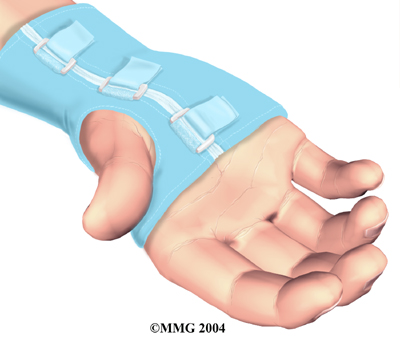 Our physiotherapist will often have you wear a . This sometimes decreases the symptoms in the early stages of CTS. A brace keeps the wrist in a resting position, not bent back or bent down too far. When the wrist is in this position, the carpal tunnel is as big as it can be, so the nerve has as much room as possible inside the carpal tunnel. A brace can be especially helpful for easing the numbness and pain felt at night because it can keep your hand from curling under as you sleep. The wrist brace can also be worn during the day to calm symptoms and rest the tissues in the carpal tunnel.
Our physiotherapist will often have you wear a . This sometimes decreases the symptoms in the early stages of CTS. A brace keeps the wrist in a resting position, not bent back or bent down too far. When the wrist is in this position, the carpal tunnel is as big as it can be, so the nerve has as much room as possible inside the carpal tunnel. A brace can be especially helpful for easing the numbness and pain felt at night because it can keep your hand from curling under as you sleep. The wrist brace can also be worn during the day to calm symptoms and rest the tissues in the carpal tunnel.
The main focus of our treatment is to reduce or eliminate the cause of pressure in the carpal tunnel. Our physiotherapist may check your workstation and the way you do your work tasks. We may provide suggestions about the use of healthy body alignment and wrist positions, helpful exercises, and tips on how to prevent future problems. Our physiotherapist may also begin treatments to reduce inflammation and to encourage normal gliding of the tendons and median nerve within the carpal tunnel.
Although time required for recovery is different for every patient, as a general rule, you may see improvement in four to six weeks. We may ask you to continue wearing your wrist splint at night to control symptoms and keep your wrist from curling under as you sleep. Try to do your activities using healthy body and wrist alignment. Limit activities that require repeated motions, heavy grasping, and vibration in the hand.
Post-surgical Rehabilitation
It generally takes longer to recover after open carpal tunnel release. Pain and symptoms usually begin to improve, but you may have tenderness in the area of the incision for several months after surgery.
Patients who wait too long to seek medical advice sometimes have difficulty adjusting after surgery. Poor coping skills in the presence of persistent pain and numbness may result in disappointment or dissatisfaction with the results of surgery. Recovery may take longer than expected when nerve damage is severe. In some cases, symptoms are not entirely alleviated.
When the stitches are removed, you may begin your physiotherapist program. Our treatments are used at first to ease pain and inflammation. Our physiotherapist may apply gentle massage to the incision to help reduce sensitivity in and around the incision and limit scar tissue from building up. We will show you some special exercises that you can do to encourage normal gliding of the tendons and median nerve within the carpal tunnel.
As you progress, our therapist will give you exercises to help strengthen and stabilize the muscles and joints in the hand, wrist, and arm. We use other exercises to improve fine motor control and dexterity of the hand. Our physiotherapist will also work with you to help you do your daily and work activities safely and with the least amount of strain on your wrist and hand.
When your recovery is well under way, regular visits to Momentum Spine & Sport Physiotherapy will end. Although we will continue to be a resource, you will eventually be in charge of doing your exercises as part of an ongoing home program.
Momentum Spine & Sport Physiotherapy provides services for physiotherapy in Edmonton and St Albert.
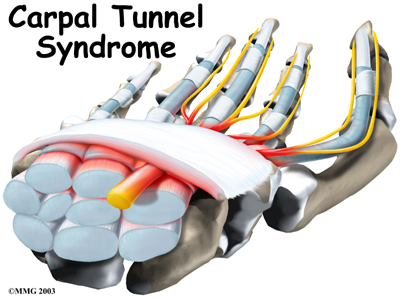

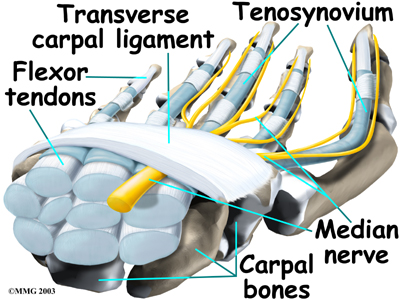
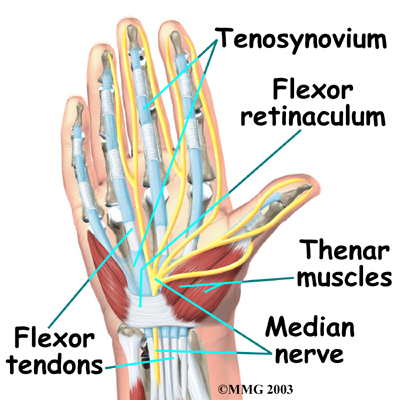

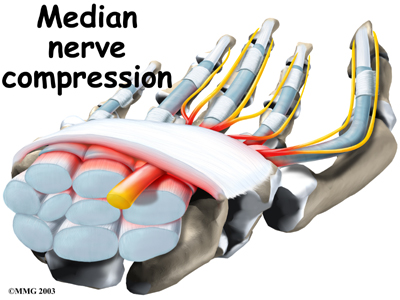
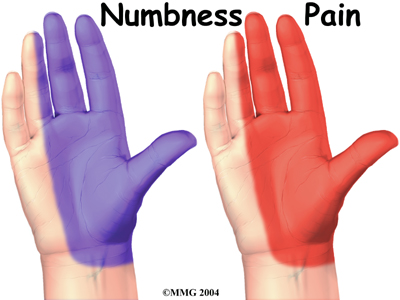

 Our physiotherapist will often have you wear a
Our physiotherapist will often have you wear a 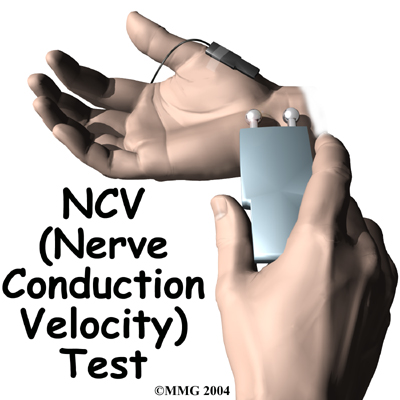 If your symptoms started after a traumatic wrist injury, your doctor may order X-rays to check for a fractured bone.
If your symptoms started after a traumatic wrist injury, your doctor may order X-rays to check for a fractured bone.